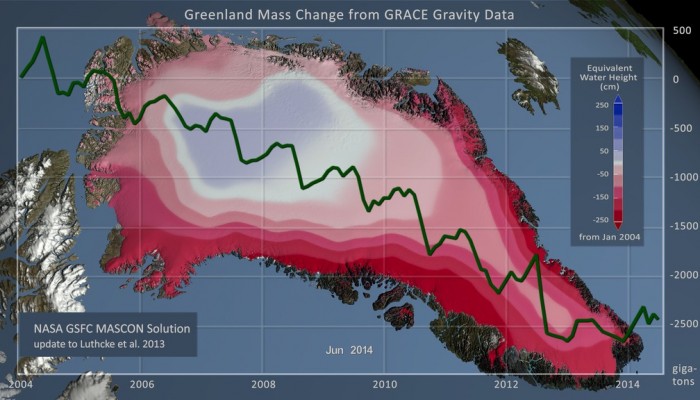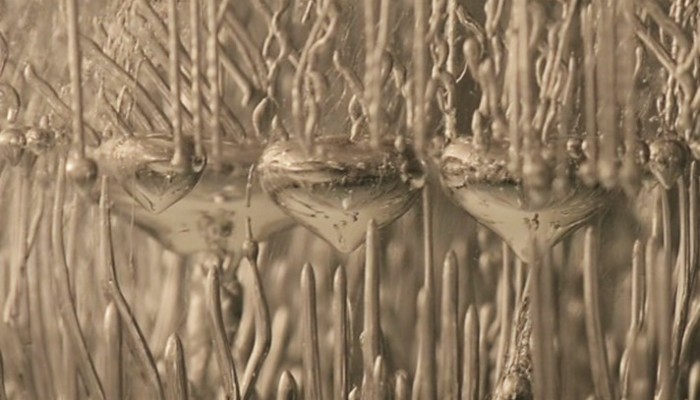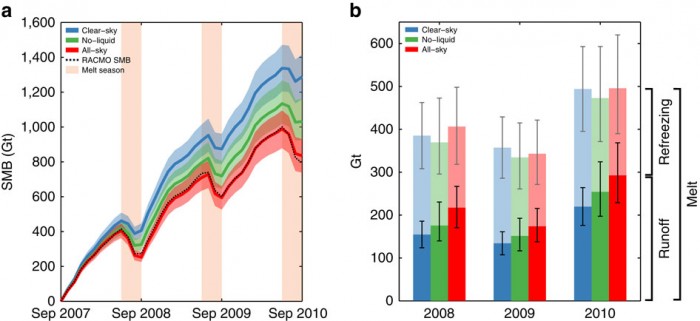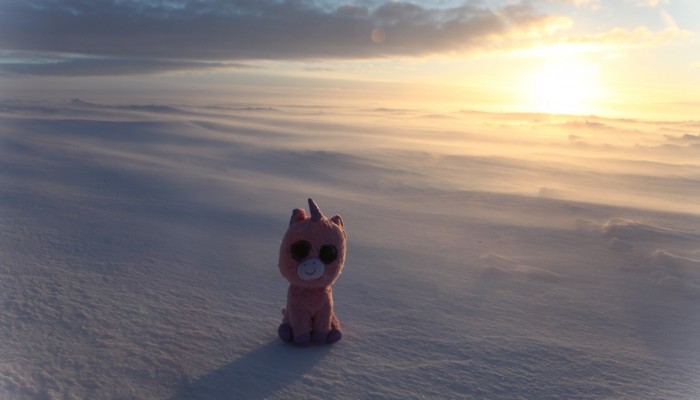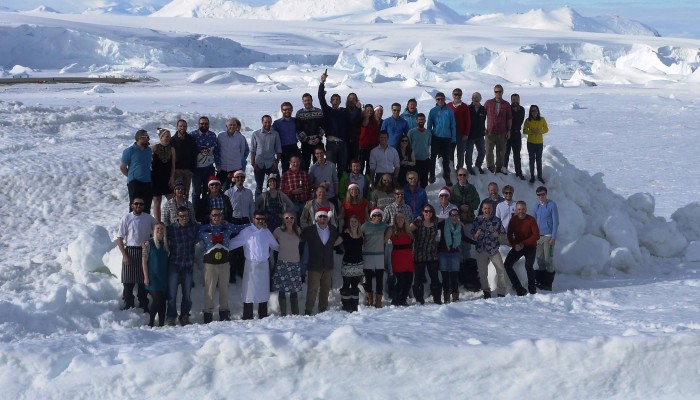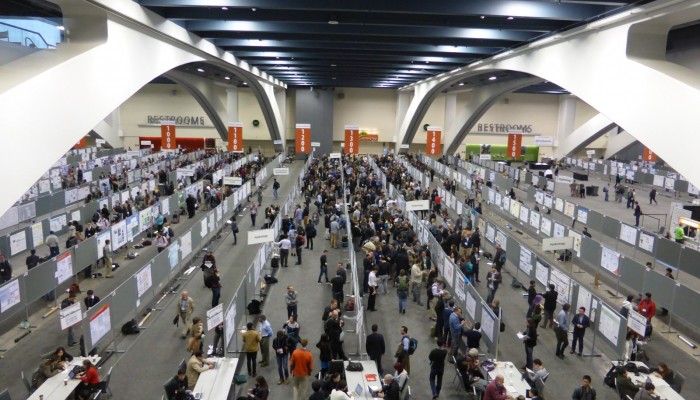Monitoring the changing ice mass of the Greenland Ice Sheet provides valuable information about how the ice sheet is responding to changing climate, but how do we make these measurements over such a large area of ice? Using NASA’s GRACE satellites (twin-satellites flying in formation) it is possible to make detailed measurements of the Earth’s gravitational field. As ice is gained/lost from ...[Read More]
Image of the Week – Changes in the Greenland Ice Sheet Documented by Satellite
